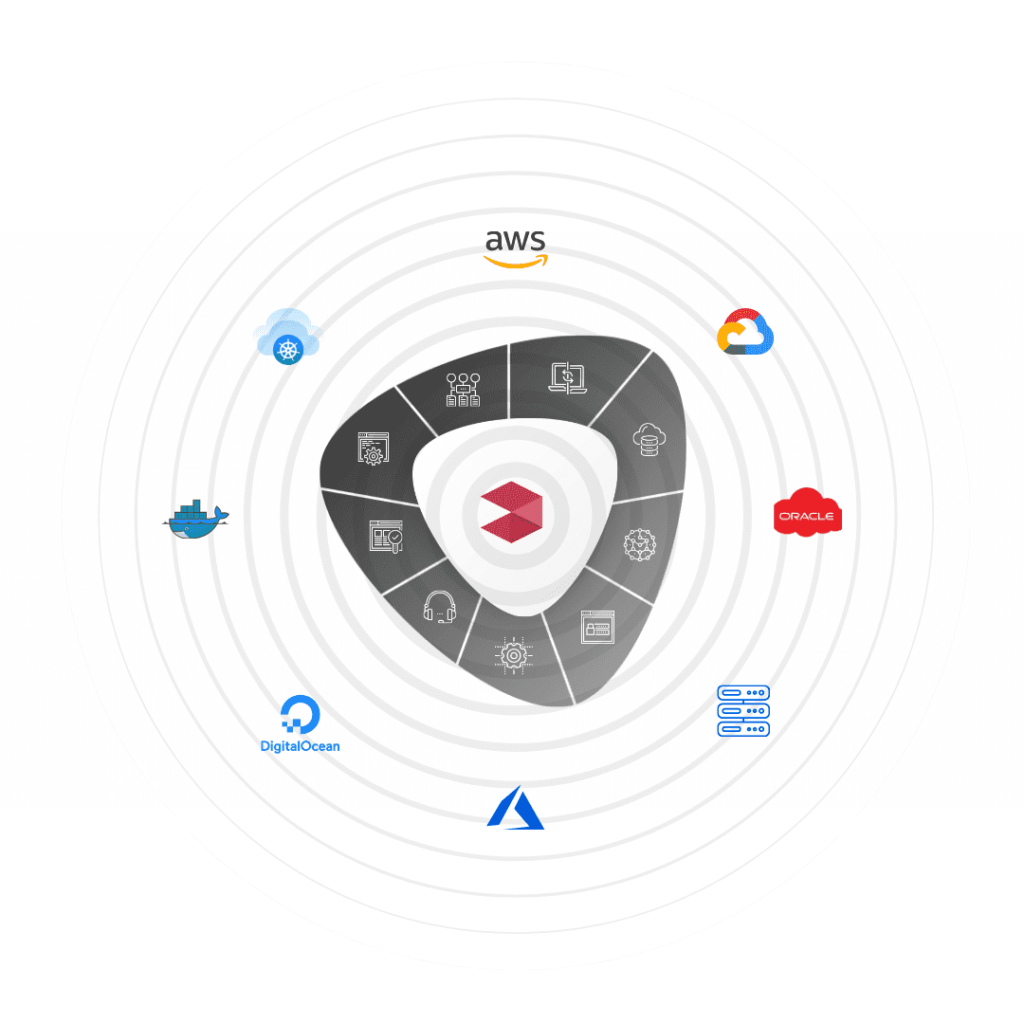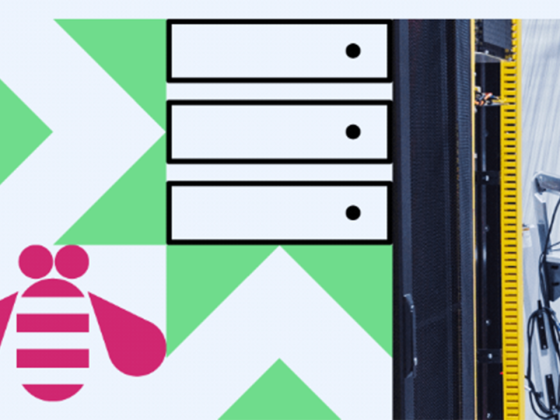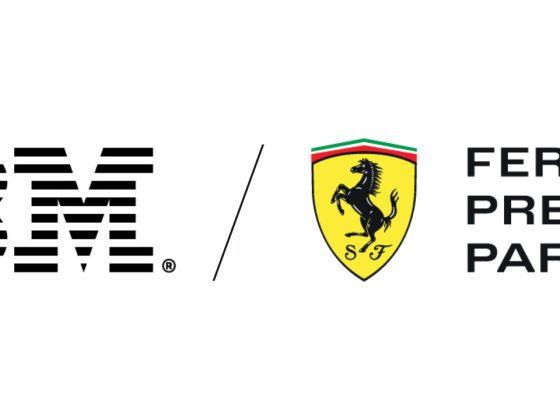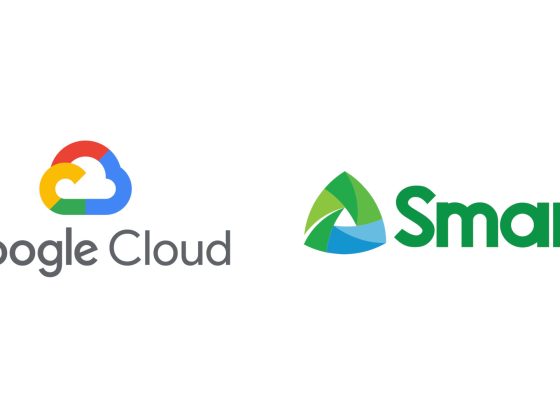With the ever-increasing complexity in today’s software stacks, there’s a greater need to ramp up an organization’s observability capabilities to take on challenges brought about by cloud technology. Having a robust observability mechanism helps organizations detect and remediate issues and threats to their applications and infrastructure well in advance. A log is a crucial component of any observability stack. Since their inception, logs are the single source of truth for analyzing computing systems. To that end, democratizing logging and log data can help companies take their observability capabilities to the next level. Increasing log availability, content, and log usage can boost a company’s productivity and product value. While an increase in the overall logging activity immediately increases the associated costs, setting the goal to do so is a great starting point towards achieving greater observability.
Nowadays, everything to do with logs and their associated tasks is bundled into one giant software mix known as the Log Management and Analytics Stack. With the advent of cloud services, you’ll often find this stack offered as SaaS (Software-as-a-Service) products that enable one to latch onto using these products on a subscription basis. You’ll also find Log Management and Analytics stacks offered as PaaS (Platform-as-a-Service) products that help users save big on costs. While each type of offering has its own set of benefits, anyone in the market for a log management solution might have to look deeper to figure out which solution fits right and makes more sense for their business.
From our partners:
To help you compare and decide whether you should go the SaaS or PaaS route with your log management and analytics stack, let’s analogize them both to something that you can easily relate to. The often obscure offering terms and details will become apparent after establishing the analogy.
Log Management SaaS vs. PaaS: Renting a home vs. owning one
For starters, let’s relate the log management and analytics stack to actual real estate – a house. When it comes to homes, people generally fall under two categories – homeowners or renters.
It’s not a surprise that owning a home has numerous financial benefits, especially in the long run. Apart from the obvious economic benefits, owning a home brings in the sense of added security, reliability, and flexibility. Homeowners have a say in everything; deciding and purchasing the site, architecture, furnishing, utilities, and amenities needed, what to store in it, and even the color of the paint on the walls. Owning a house also gives you the freedom to either remodel parts of it to your liking or tear it down entirely and rebuild it from the ground up at a later stage.
On the other hand, renting seems like the more economical approach for folks who either do not have the significant upfront capital required or are looking for a fully furnished home to live in temporarily while they figure out their long-term plans. With renting, you have barely any say in how the house is built or furnished or what amenities and utilities it packs. You can add more furniture or amenities to it, but only at the property owner’s discretion. You might enjoy lower monthly rentals, but they are subject to unexpected rate hikes. You may also have to adhere to specific “house rules” and pay to use any additional amenities excluded from your rental contract. But not all is bad with renting; you don’t have to worry about site maintenance, and setting up and moving in is easy and smooth.
We can now easily relate a log management PaaS tool to owning a home and a log management SaaS tool to renting one. With the PaaS model, you get to run a state of the art log management stack while still getting to choose:
- the infrastructure that hosts your PaaS solution
- the integration modes with your existing tech stack
- how to further customize the stack to suit your business need
- the storage location for your logs
- how long you’d like to store your log data
- choose your log ingestion routes and connectors
- manage end-to-end security and role-based access
Whereas with the SaaS model, you still get to run a state of the art log management stack, but:
- you’re tied down to using the compute and storage stacks that your provider provisions or approves
- finding integrations, connectors, or log parsers for each component in your tech stack might not be easy
- outages at the provider level profoundly impact your process continuity
- you may have to pay for additional storage, log ingest workers, extended data retention
- the hefty pricing plans might make you have to prioritize your logs and choose to manage and analyze only a subset of “important” logs and processes
- migrating to another stack might be more challenging than initially promised
- security breaches at the provider level may also compromise your data security
Log Management SaaS vs. PaaS: What’s right for you?
Log management SaaS and PaaS offerings have their own set of benefits and drawbacks. SaaS models make sense for those just beginning to develop and implement a log management strategy for their business or are looking for a temporary solution while they build out their internal log management stack. SaaS is also great for those who want to witness first-hand how beneficial log management and proper analysis could be to uncovering the unknown unknowns of their tech stack. The lower entry costs and the initial pricing and setup flexibility of SaaS are incredibly beneficial to small and mid-sized companies with limited human and financial resources but realize that log management is crucial for their business.
However, the correct log management and analytics strategy needs a long-term outlook. There is always the possibility that as your business and tech stack grows, a SaaS log management solution might cease to be the right fit. SaaS models become less impactful when your business faces immense growth. You might need to aggregate logs from more data sources, require more extended data retention periods, or need more ingest workers – all of which attract additional costs that make your monthly bill bigger than they need to be. Log management PaaS tools end up giving you better returns on your initial investment in the long run while giving your complete flexibility over where you’d like to set it up and where you’d like it to store your log data, right from the get-go.
Conclusion
Picking the perfect log management and analytics platform for your business boils down to four things:
- how invested you are in the idea of proper log management and analytics
- how much you’re willing to invest financially
- the coverage and flexibility your tech stack needs, and
- the real value you’re trying to derive from this effort
Whether you opt for the SaaS or PaaS models, there is no shortage of options in the market today. The Log Management and Analytics market is heating up; the more prominent players are acquiring smaller, promising ones while newer observability startups continue to debut in the market regularly due to increased adoption and ever-increasing usage. Despite all this, the pricing of log management and analytics solutions barely seems to dip. The only mature, open-source log management stack offered right now is the ELK stack. Most of the vendors in this space have built their stack atop the ELK stack or used it as a starting point which automatically bakes the end-user into preset technology and processes.
Guest post by Ajit Chelat, LOGIQ
Source CNCF
For enquiries, product placements, sponsorships, and collaborations, connect with us at [email protected]. We'd love to hear from you!
Our humans need coffee too! Your support is highly appreciated, thank you!








